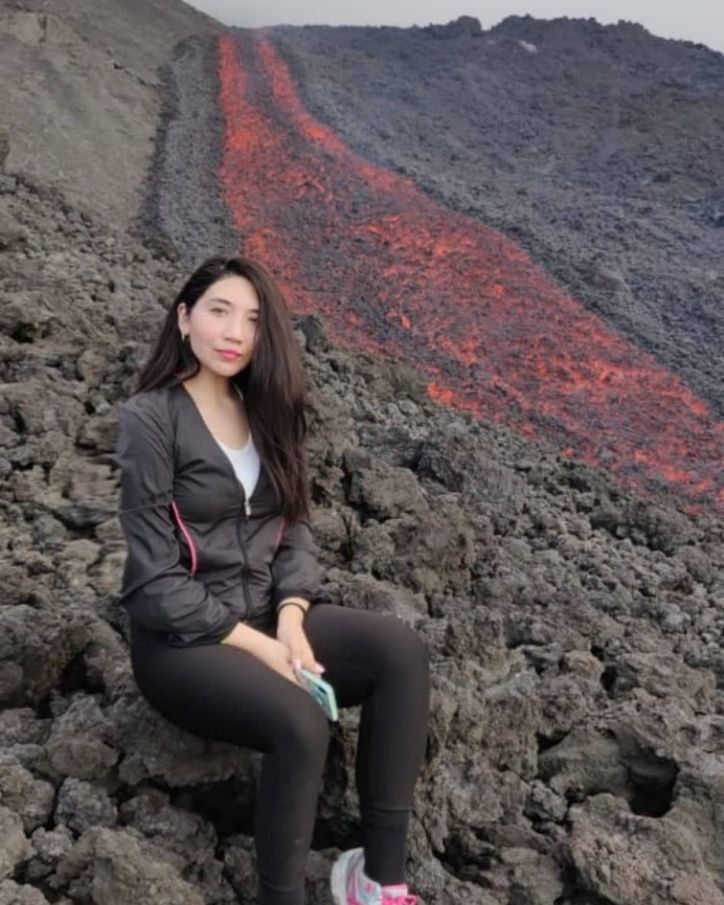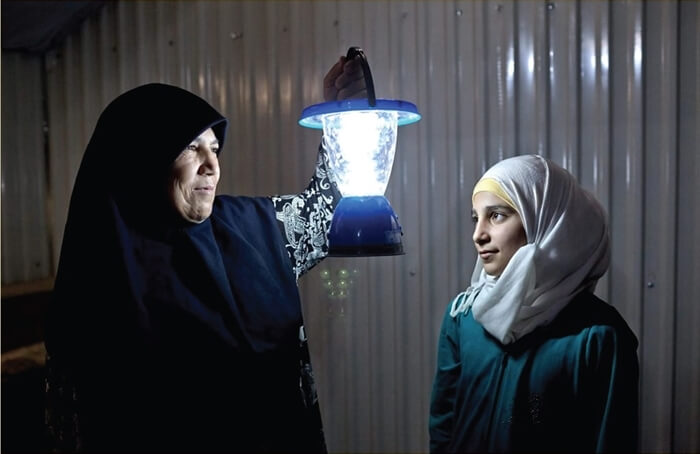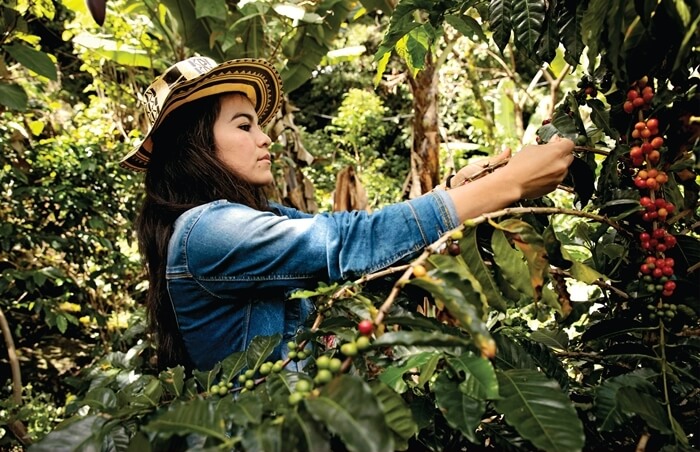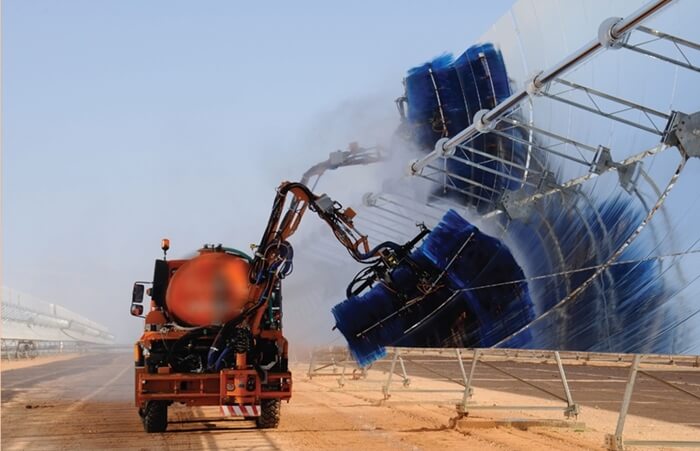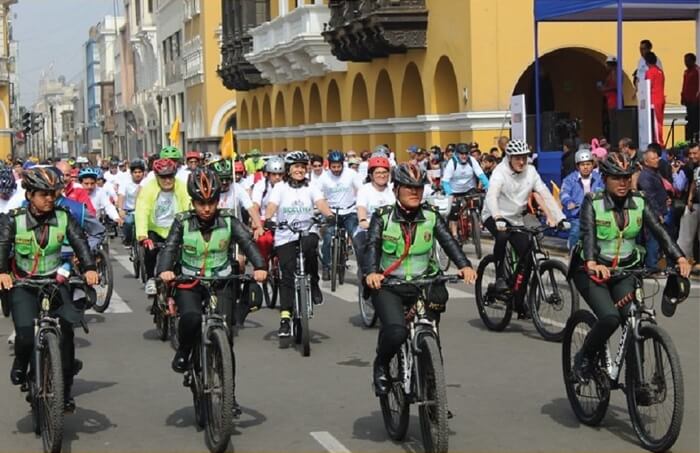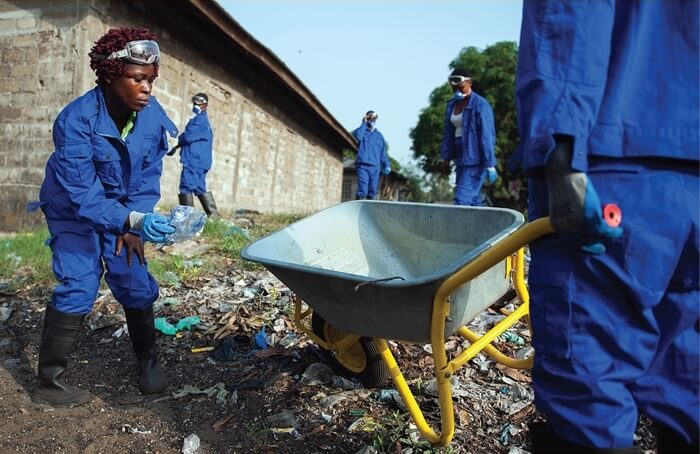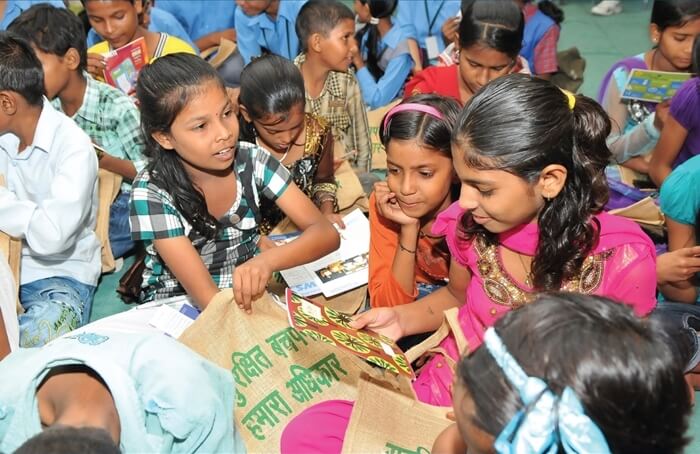Picture the scene: a beautiful, white sandy beach, covered in glistening, sparkling shells and fringed with palm trees. The waves whisper enchantingly in the distance, and the call of the ocean is the siren song. This beauty is breathtaking in its magnificence, and the sun is sparkling in the cerulean sky…nothing could be more perfect.
Then, one by one, people start to appear, and a crowd gathers on the beach. Their delight is palpable as they soak in the sun, and sway to the pulsing music playing from the gargantuan speakers. The day wears on into night, and the glistening, sparkling sand becomes churned and soiled. The whisper of the waves is drowned out by the pulsing beat of the speakers and the siren song of the ocean is extinguished by the revelry and excitement.
As the dawn draws near and the last of the revellers fade away, the beautiful white beach is littered with debris, paper cups, plastic straws, and discarded wrist bands. The pristine sand is no more, contaminated by a deluge of litter and waste.
A scene like this was often the reality on the beautiful beaches of Barbados, and some other popular Caribbean destinations when, in the pre-COVID era, there were large gatherings for carnival or a concert. However, even without such activity, studies have shown that, per capita, ten of the top thirty global polluters are located in the Caribbean: Antigua & Barbuda, Anguilla, Barbados, Guyana, St. Kitts & Nevis, St. Lucia, Grenada, the Bahamas, Aruba, and Trinidad & Tobago. In fact, according to Forbes, these ten island territories produce more plastic debris than the weight of 20,000 space shuttles Caribbean Islands Are The Biggest Plastic Polluters Per Capita In The World (forbes.com)
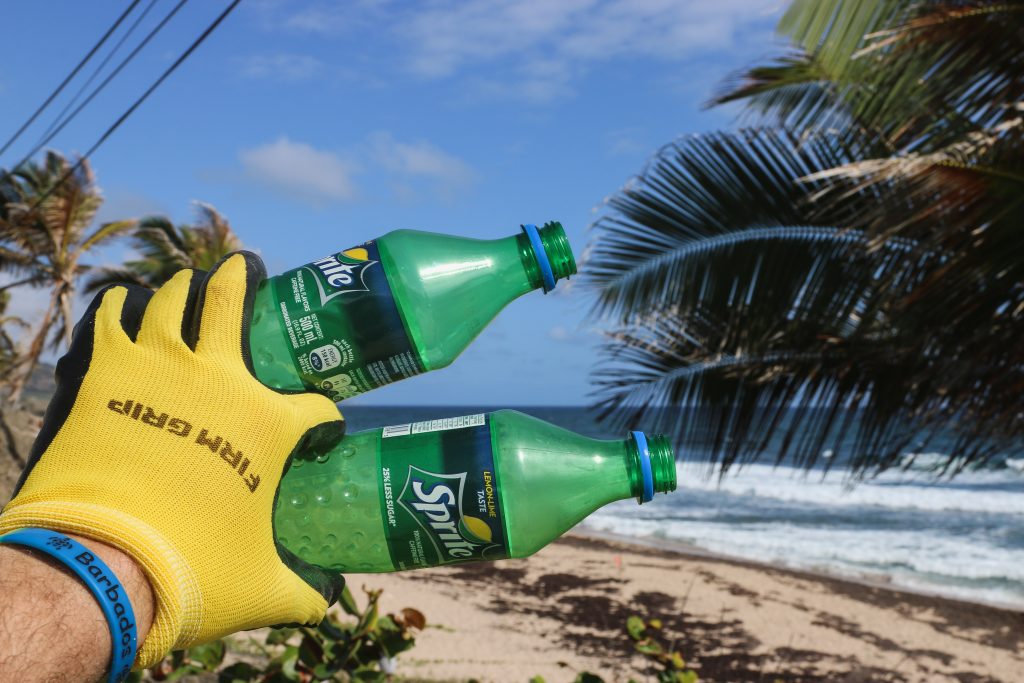
A World Bank study published in 2019 (Caribbean beaches are littered with single-use plastics (worldbank.org) found that there are as many as 200,000 pieces of plastic per square kilometre in the north eastern Caribbean. This is as a result of the consistently high use of single use plastics and plastic bottles in the Caribbean, and data from the 2019 World Bank publication Marine Pollution in the Caribbean: Not a Minute to Waste indicates that plastic bottles make up 21% of the single use plastic items found during beach and coastal clean-ups. Other items found include plastic bottle caps, straw-stirrers, plastic bags, styrofoam food containers, and plastic lids.
The devastating effect of this is that microplastic in the seas now outnumber all the stars in our galaxy. This was revealed by the United Nations Secretary General António Guterres, (The Caribbean addresses the scourge of plastic pollution (unep.org) and if the rate of pollution persists, in less than thirty years there will be more plastic in the ocean than fish. This horrifying reality sends a clear message: there must be a complete rejection of single-use plastic.
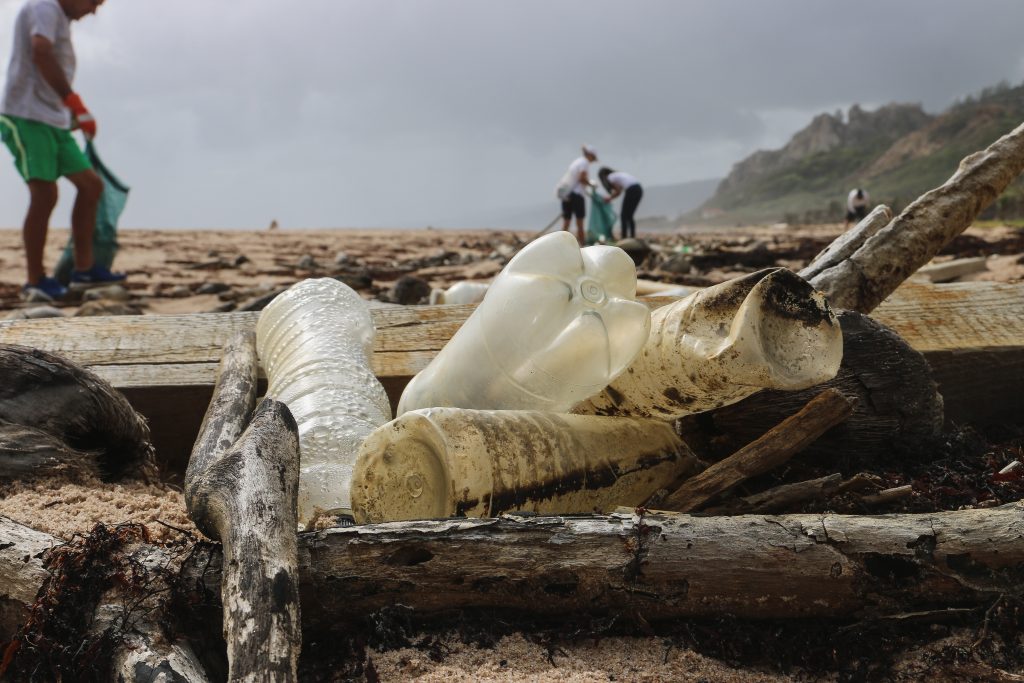
There are seven Caribbean territories that appeared to have taken some steps in the right direction, and had pledged to ban single-use plastics as of January 1st, 2020. These are: Trinidad and Tobago, the Bahamas, the Dominican Republic, Barbados, Belize, Grenada, and Jamaica. However, it is vital to bear in mind that some of these measures still need to be fully implemented. Take for example Barbados, where the government began by banning the importation of petroleum-based single use plastics with effect from April 1st, 2019. This was followed by a ban on the distribution, retail and use of single-use plastics, and, in theory, a ban on petroleum-based plastic bags came into effect on January 1st, 2020.
While this was indeed a crucial first step, the reality is that, having talked the talk, it is still necessary for the Barbados government to walk the walk. In May of 2020, plastic bag manufacturers were given permission to produce petroleum-based plastic bags for a limited period of time. This was the case because the stakeholders involved raised concerns about the fact that the biodegradable resin used to make biodegradable bags was not available. As at the time of writing this article, petroleum-based bags are still commonly used on the island.
What is the way forward?
Efforts to raise awareness about the staggering negative effects of single-use plastic must continue, and coordinated action must be taken at all levels: government, the private sector, and individuals in communities. We must continue to build on the momentum created, and invest in the legacy of a healthy blue economy to boost sustainable growth for future generations.
This article was originally published on LinkedIn by Stacey Alvarez de la Campa. You can read the original article here.
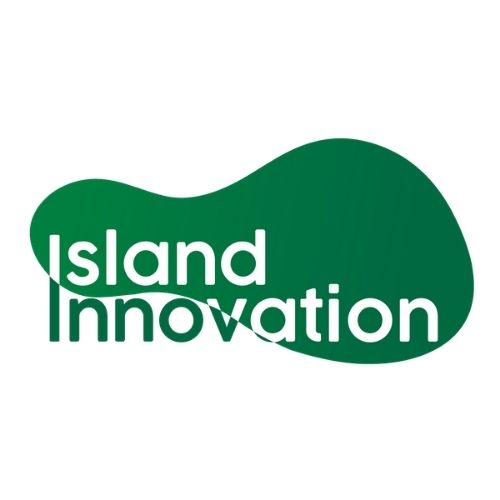
Island Innovation is a social enterprise and digital media company at the intersection of sustainable development and communications, offering specialised services across various sectors. We bring together the private sector, government, utilities, NGOs and universities to advance innovation for sustainability and prosperity in islands worldwide.






